Timeless Narratives: The Evolution of Creative Expression
From the earliest cave paintings to today’s sophisticated digital animations, human expression has continually evolved, weaving together strands of culture, history, and technology. Storytelling is a timeless narrative that has adapted to changing mediums and shifting societal norms over centuries. Yet, despite rapid advancements in communication, the core essence of storytelling remains rooted in our need to connect, understand, and share our experiences.
In earlier times, oral traditions and folklore served as the primary vehicles for preserving history and instilling values. These narratives were both entertaining and educational, encapsulating moral lessons, historical events, and communal wisdom. As civilizations advanced, written literature emerged as a powerful medium, enabling stories to be recorded and shared beyond the confines of local communities. Over time, literature blossomed into an art form capable of evoking complex emotions and provoking deep thought.
The modern era has seen an explosion of narrative forms. With the advent of cinema, digital media, and virtual reality, storytelling has diversified immensely. Each medium offers unique tools that allow creators to explore new dimensions of expression. Digital storytelling, for example, leverages multimedia elements—sound, visuals, and interactivity—to immerse audiences in experiences that are both visceral and thought-provoking. This adaptability proves that while the tools of storytelling change, the human impulse to share experiences remains steadfast.
What is particularly fascinating is how traditional narratives continue to influence modern creative expression. Classic literary works, folklore, and historical accounts are reimagined through contemporary lenses, offering fresh interpretations that resonate with today’s audiences. These reinterpreted stories often incorporate modern cultural elements, technology, and socio-political commentary, thus connecting the past with the present. An inspiring example of this synthesis is found in creative workspaces that merge classic narratives with modern aesthetics—spaces like bureau avenue louise provide an environment where traditional storytelling meets bold experimentation.
Moreover, the evolution of creative expression is not merely about the mediums used but also about democratizing narrative. In the past, storytelling was largely confined to those with access to education and literacy. Today, technology has leveled the playing field, enabling individuals from all walks of life to share their stories with a global audience. Social media, blogs, and online video channels have become modern-day campfires where people gather to exchange experiences and insights. This democratization enriches the collective narrative, making it more diverse, inclusive, and reflective of our multifaceted human experience.
At its core, the evolution of creative expression is a journey of continuous reinvention. Each new medium and technological breakthrough offers fresh opportunities to reinterpret old themes and explore uncharted territories of the human condition. As narratives evolve, they remain a powerful force in shaping our collective identity, bridging the gaps between generations, cultures, and perspectives.
In conclusion, while the forms and delivery of stories may transform dramatically over time, the underlying impulse—to connect, inspire, and transform—remains as strong as ever. The evolution of creative expression is not a departure from tradition but a sophisticated dialogue with it, ensuring that our stories continue to evolve while honoring our rich heritage.
-
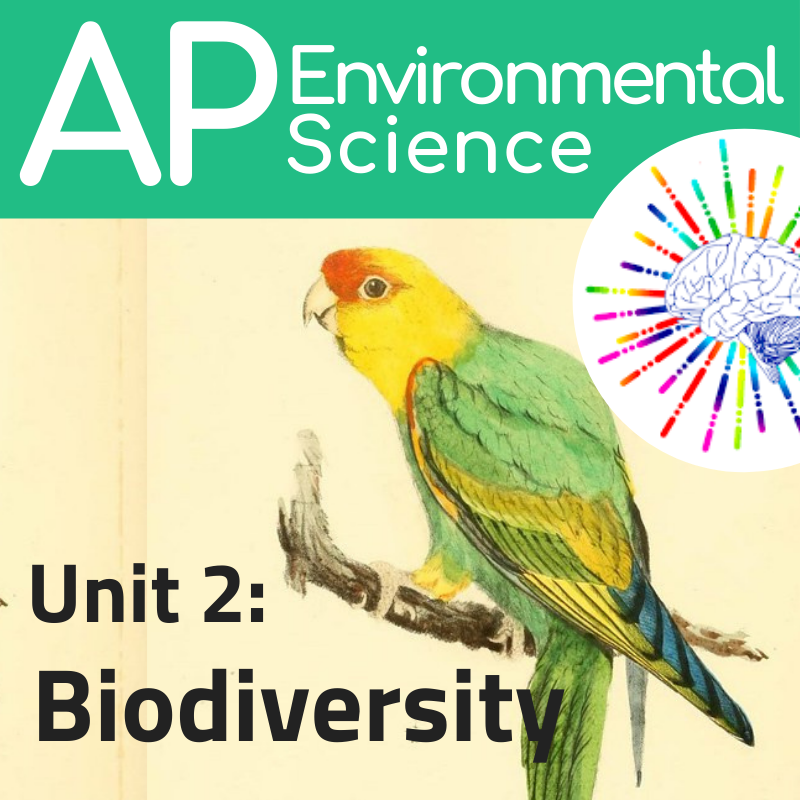
 Education & Science4 years ago
Education & Science4 years agoAPES Unit 4 Study Guide: Essential Topics and Tips for Exam Success
-

 Real Estate & Travel3 years ago
Real Estate & Travel3 years agoSan Pancho Mexico Real Estate Opportunities For Your Dream Home
-
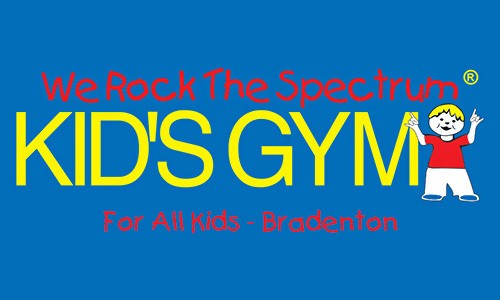
 Local Listings & Activities5 years ago
Local Listings & Activities5 years agoWe Rock the Spectrum Bradenton Inclusive Play and Sensory Gym for All Kids
-
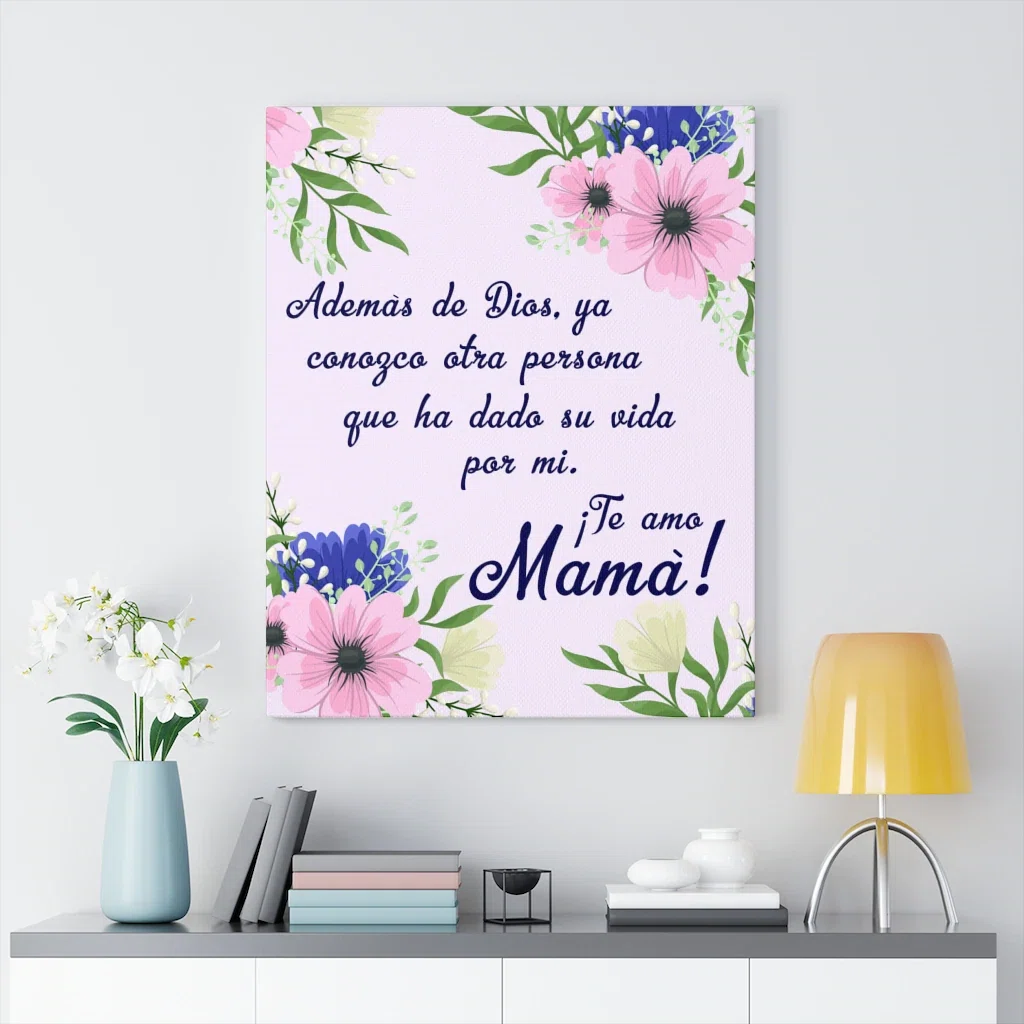
 Relationships & Quotes5 years ago
Relationships & Quotes5 years agoAppreciation Deep Mother Quotes in Spanish
-

 Education & Security4 years ago
Education & Security4 years agoInsider Threat Indicators Description and Detection Guide
-
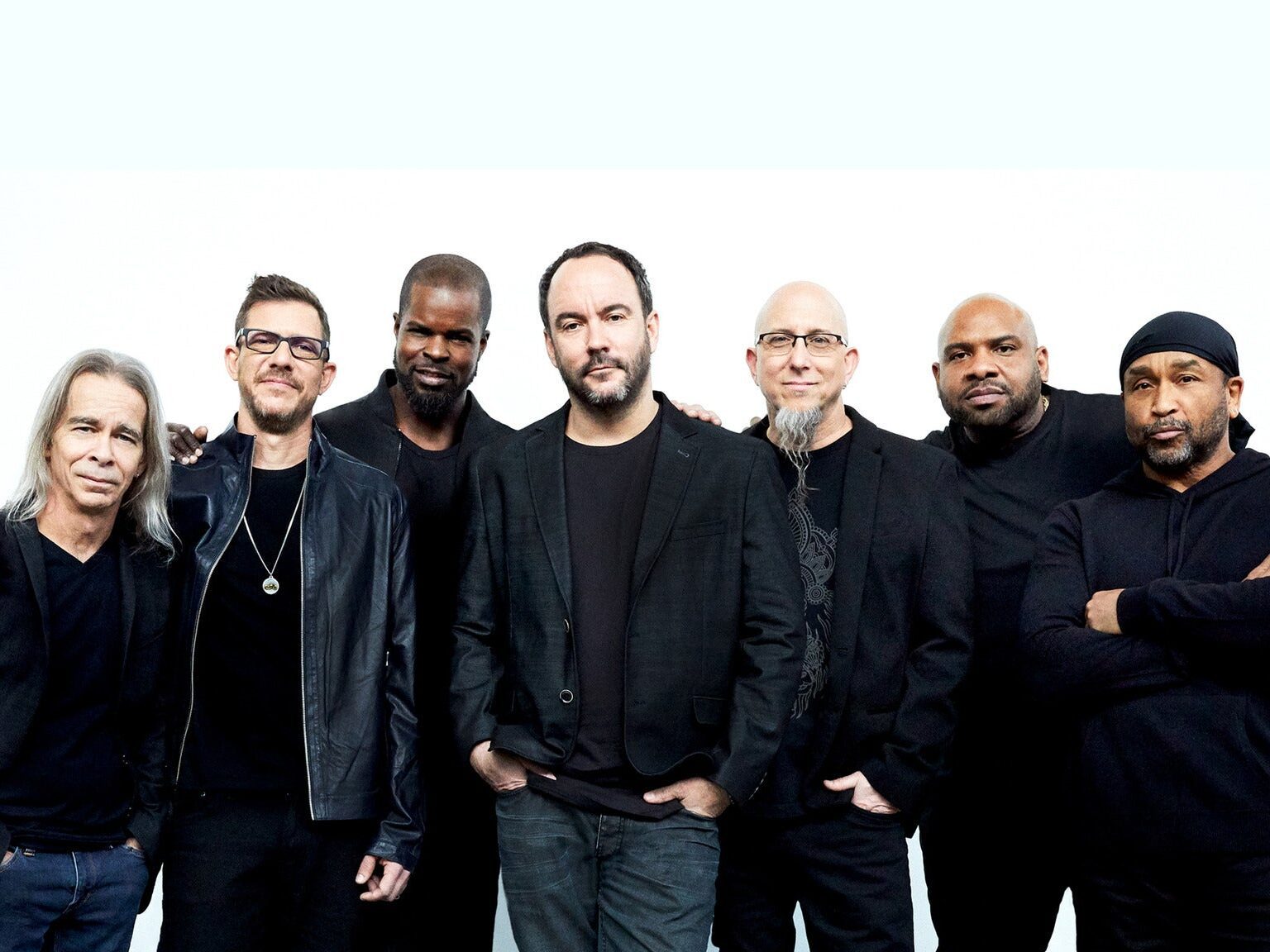
 Music & Concerts2 years ago
Music & Concerts2 years agoDave Matthews Band Virginia Beach Concert Guide
-
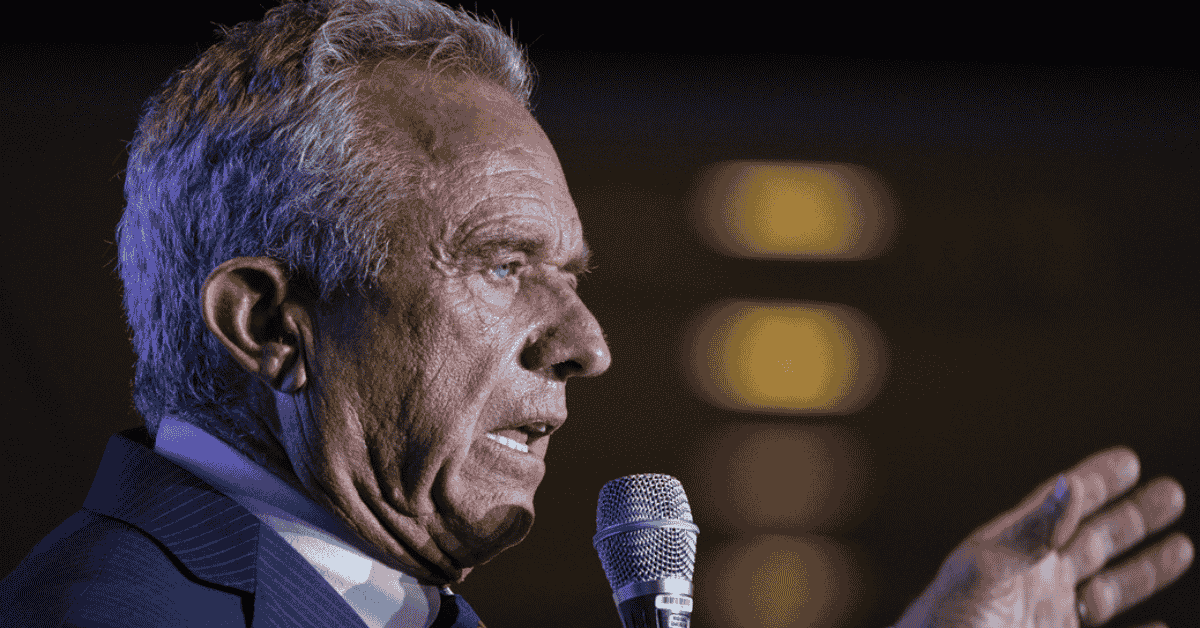
 News & Obituaries1 year ago
News & Obituaries1 year agoRobert F Kennedy Jr: Net Worth, Career and Legacy
-
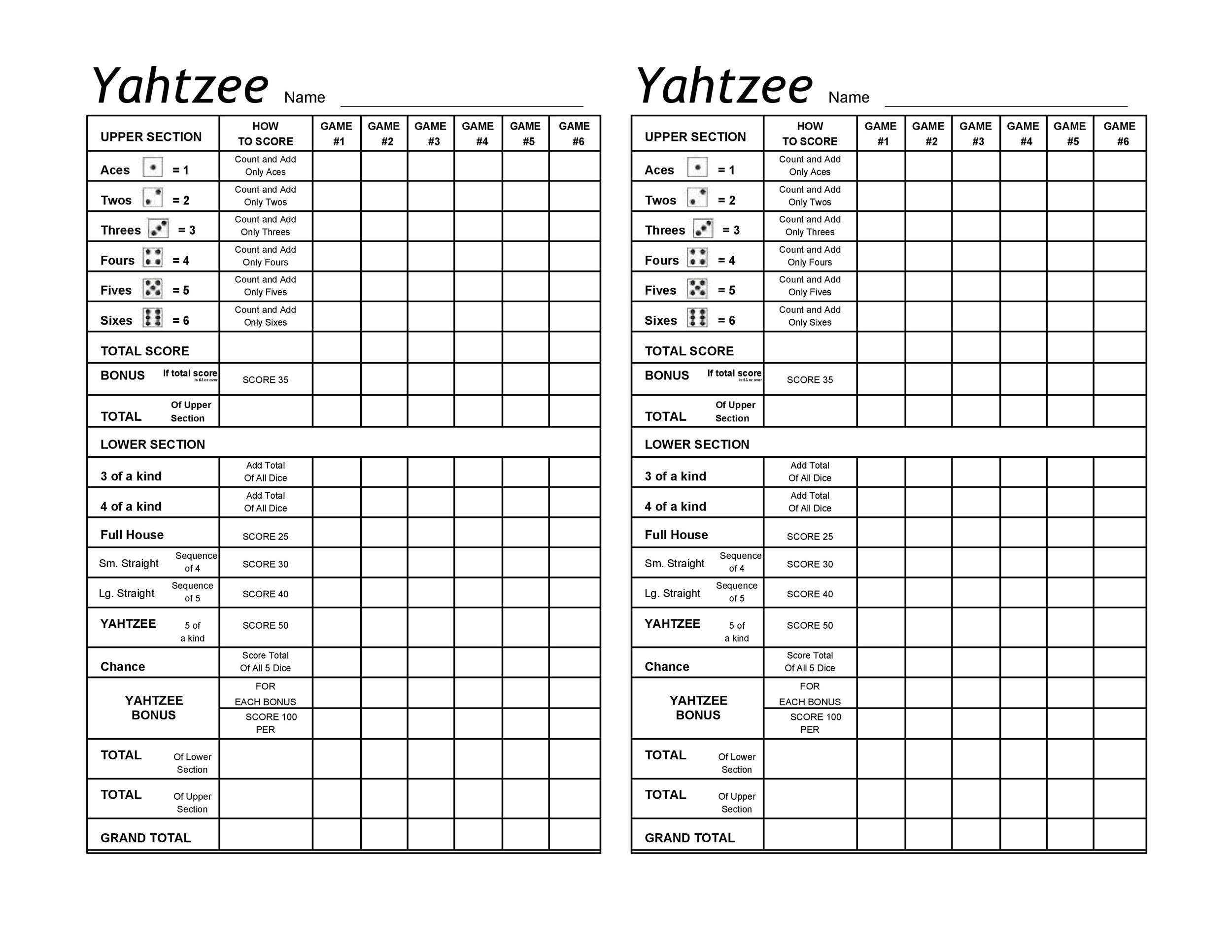
 Games & Printables4 years ago
Games & Printables4 years agoFree Printable Triple Yahtzee Score Sheets PDF for Easy Game Tracking
